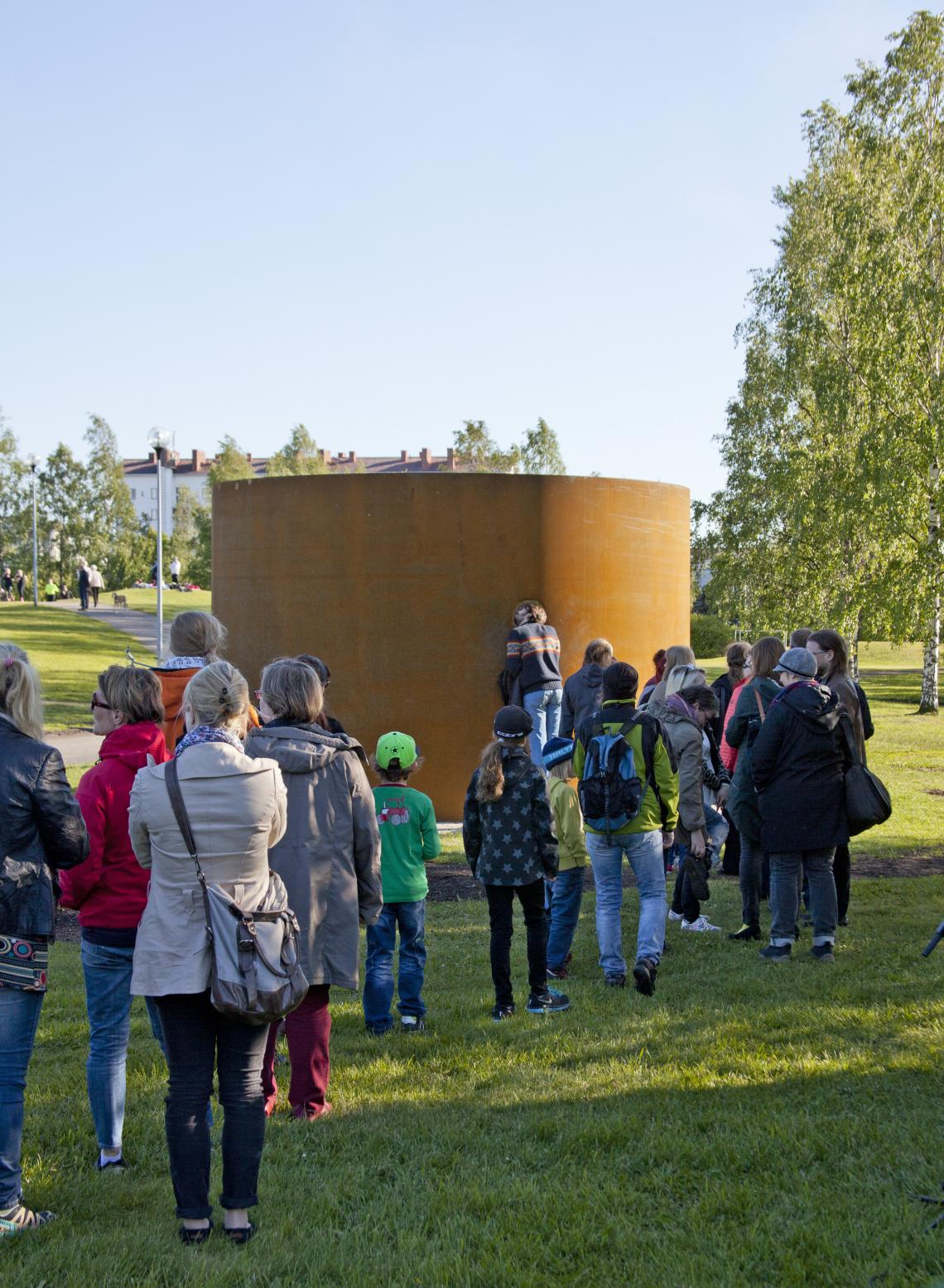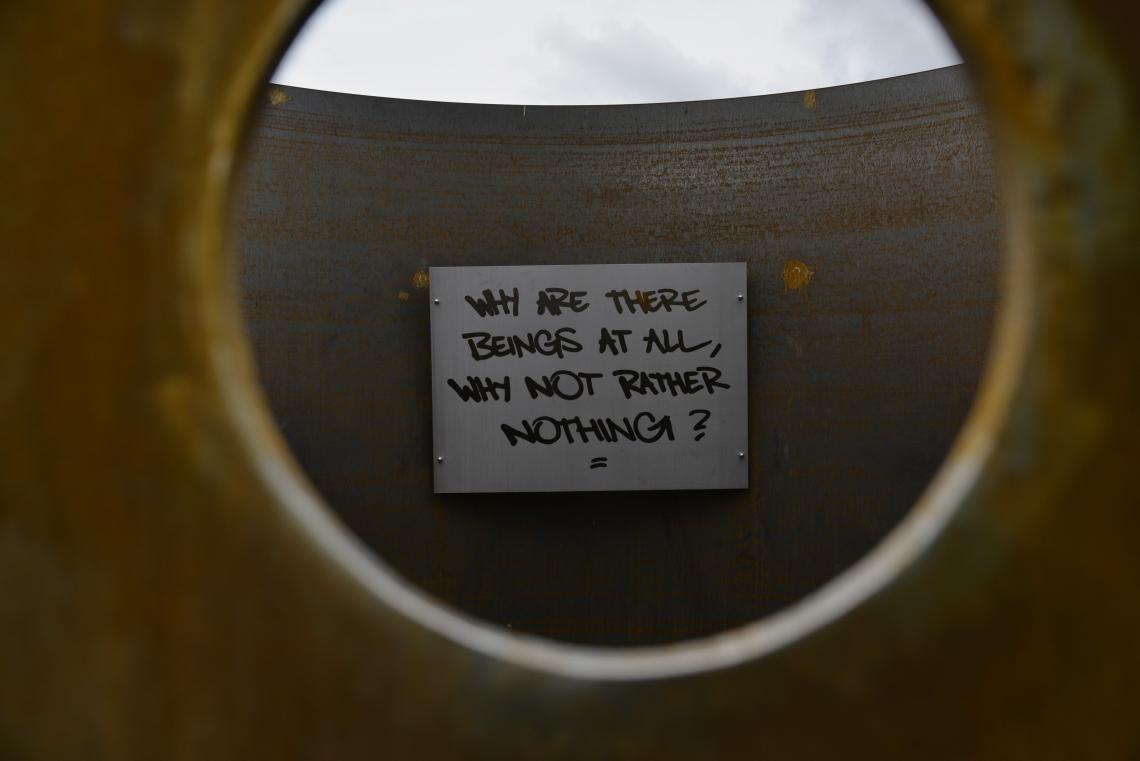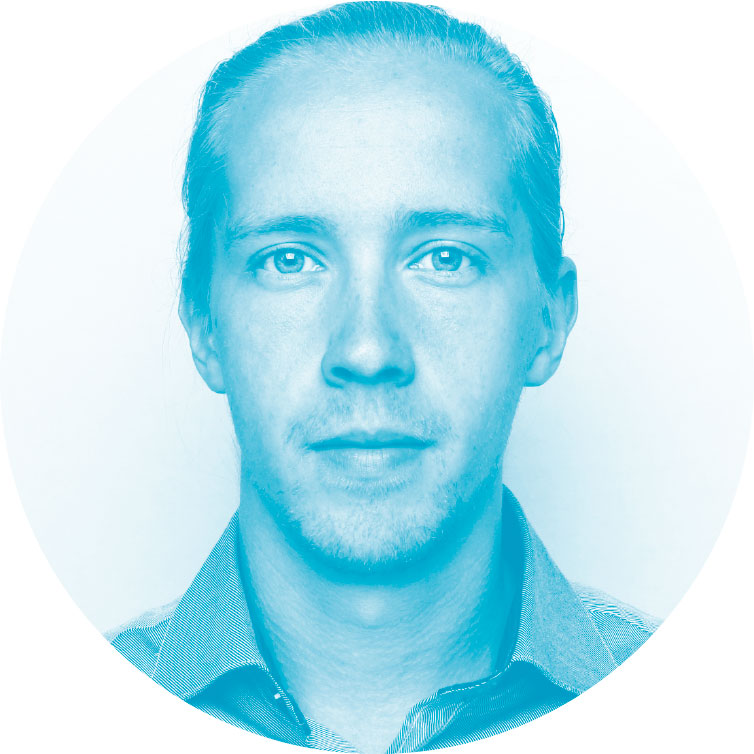
Being and Nothingness
"Why are there beings at all, instead of nothing?"
The above question, famously asked by Heidegger, lies at the base of human questioning and therefore of philosophical, scientific and artistic practice. Indeed, the artistic tendency to try to recreate the world, or to create new worlds, can be understood as arising from a primal desire to come to terms with this question. The artist repeats the originary act of creation (whether it was intended by a god being or was, rather, the result of a random cosmic occurrence such as the ‘Big Bang’) in a bid to come to an understanding of the Universe and the world we live in. Such a practice has been common since Neolithic times with cave paintings and can be seen across societies, from the ‘high art’ of the museum to street art, from scribblings in notebooks and children’s daubings to epoch making masterpieces. Indeed, the answer to Heidegger’s question can be seen reflected in the process of art production. Ultimately, Heidegger concludes, we exist in conjunction with nothing, in a constant process of becoming (or producing).
Joonas Mikola’s Isolaatio - a 15 square metre steel cylinder to be placed in Hollihaka park, Oulu - addresses these issues, leaving a space for the public to contemplate the nature of being and of the creative process. Mikola himself has a background in 2D and 3D production, drawing on influences as diverse as philosophy and skate culture, as well as the nuances of analogue photographic processes. Working around the latter theme, Mikola produced a body of work called “Moonshine” in 2013 in which he attempted to capture landscapes and interiors under moonlight, through a long photographic exposure. This fascination with exposing the hidden continues with Isolation, which features a non-corrosive steel cylinder, taller than a person, which the public can see into only through one peephole cut into the metal and accessible by climbing a set of (natural shaped) stone steps. Upon looking inside the structure, Heidegger’s phrase is revealed written on the inside, where it is hoped that natural plant life will grow up, alongside a habitat for insects, birds, and perhaps other creatures.
The exterior face of the tube will be left bare, open to creative interventions by local graffiti artists. This is a major aspect of the work for Mikola whose background in skater and graffiti culture is reflected both in the form of the work, the cylinder of which is welded together from two half-pipes similar to skate ramps, and in the artist’s desire to have street artists leave their mark on his work.
Mikola’s work comments on the free existence of nature, which develops independently of humans, as well as on the necessity of human contact for nature to become present in creative discourse. Philosophy and the sciences have long debated the extent to which human perception is necessary to the existence of nature. Here nature is independent of humankind, but does not come into view until people choose to glimpse it through the viewing hole. This can be seen as a metaphor for the way in which Finns live in close harmony with nature, their lives deeply influenced by its changing seasons. Today, across the Oulu region and in all of Finland there is a deep concern for the natural environment.
Original citation: Martin Heidegger: Einführung in die Metaphysik, 1935.


